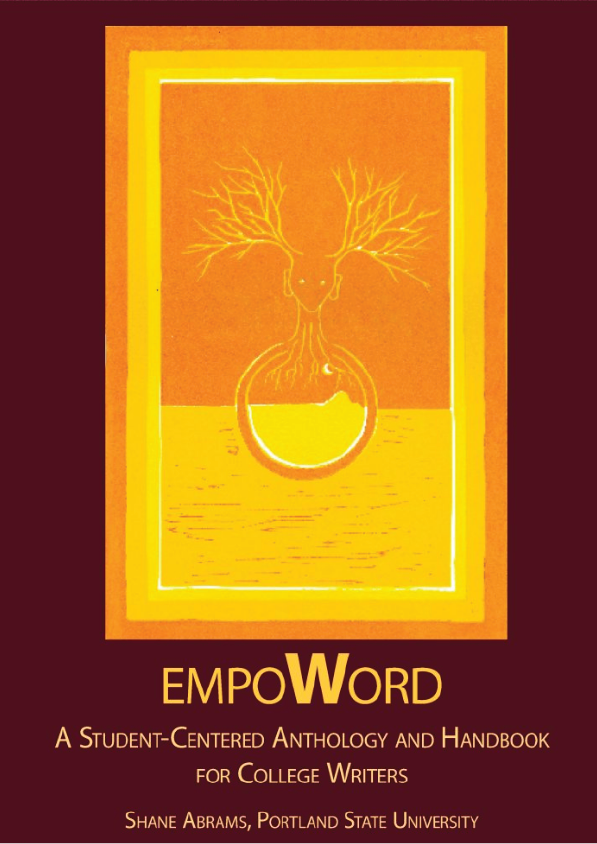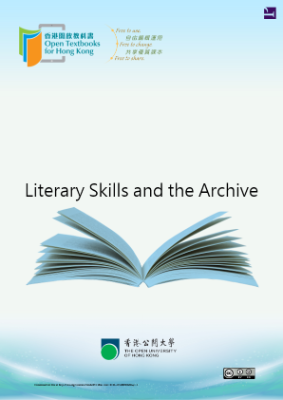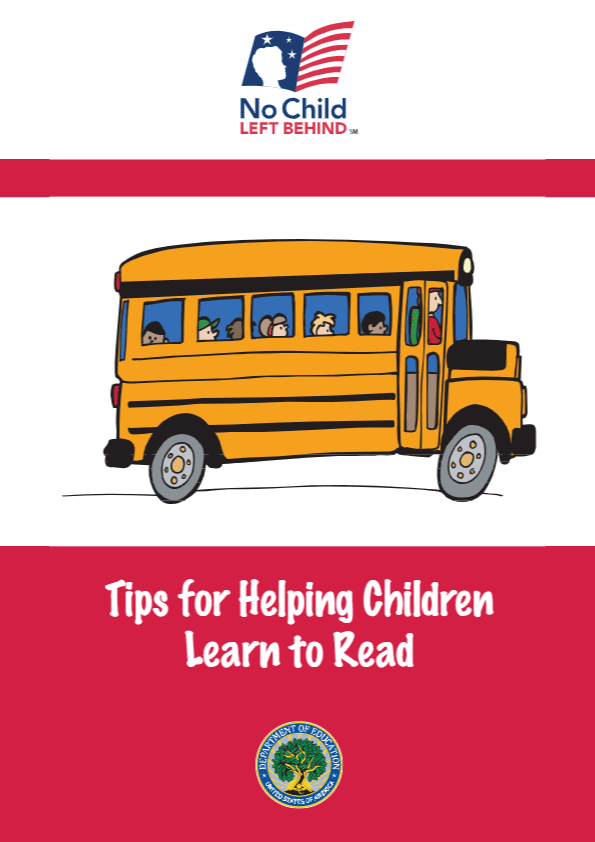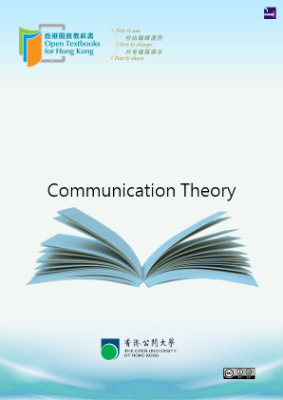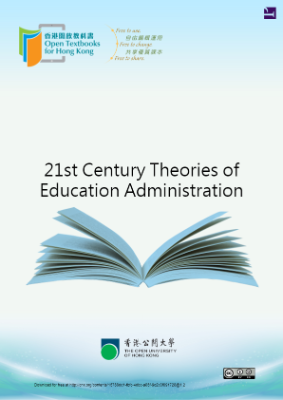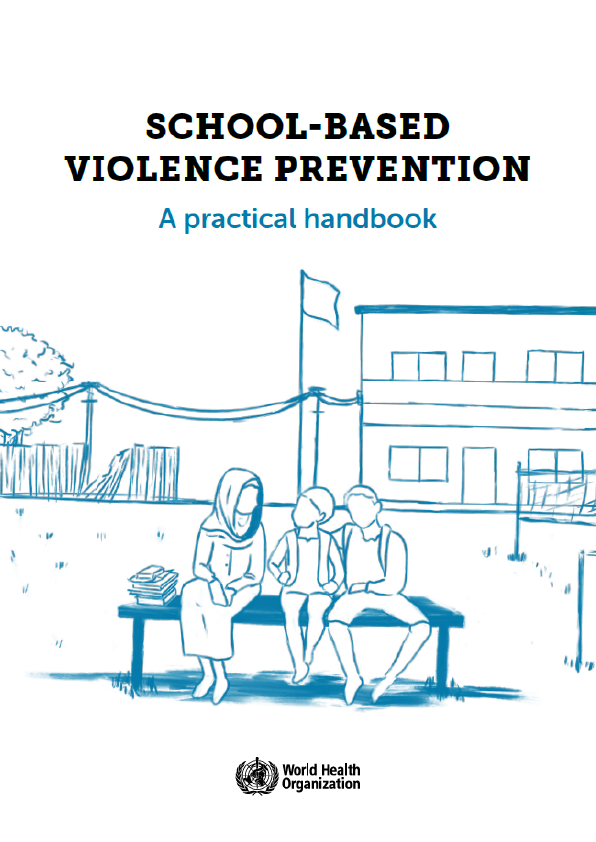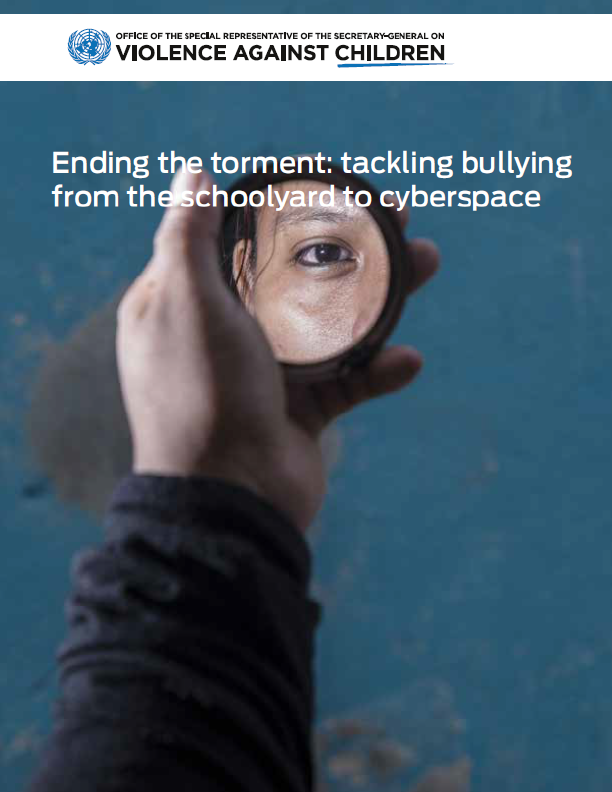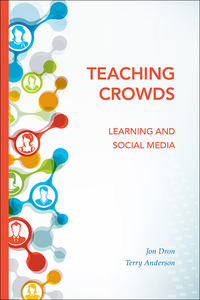First and foremost, I want to acknowledge one major goal of this text: to center the student learning experience among a community of learners. Most of the exemplar texts included here are actual student work that I’ve encountered over my career as a teacher. Almost always, the texts in anthologies are exclusively by professional writers. While this sets a high standard, many of my students tend to think that polished, publishable, and impactful writing is not theirs to create. Instead, this text showcases outstanding student work as evidence that you, and other student authors like you, are very capable of producing beautiful, moving, thorough, thoughtful, and well-informed rhetoric.
Furthermore, the use of student writing relates to this book’s focus on writing as process, not product. We’ll discuss this further in the General Introduction, but I want to give you fair warning that the student essays included here would not meet some readers’ standards of “perfect.” They exemplify some techniques very well, but may fall short in other domains. These student authors, just like professional authors, realize that a piece of writing is never actually finished; there are always ways to challenge, reimagine, or polish a text. As you read model texts, whether they are written by students or professional authors, you should ask yourself, What does this author do well, and what could they do better? In what ways are they fulfilling the imperatives of the rhetorical situation, and what advice would I give them to improve? To support this critical perspective, each text included in the main sections of the book is followed by a “Teacher Takeaway”: ideas from college professors reacting to the work at hand. While these takeaways are not comprehensive, they offer a starting point for you to interpret the strengths of a model text.
As I see it, the best educational experiences happen in what I call learning community. No matter how much support one teacher can provide for their students, your opportunities for growth multiply exponentially with the support of your classmates and college resources (like a Writing Center or research librarian). It’s important to consider your writing class as one very particular learning community. Doing so acknowledges that:
- Writing doesn’t exist in a vacuum. Almost all writing involves an exchange between a writer and a reader. Even on the professional level, the best writing is produced collaboratively, using feedback from a cohort of trusted peers. You may have been trained to believe that your schoolwork is your business and no one else’s. This text emphasizes collaboration instead: we can be more successful, confident writers with the support of the readers around us.
- Writing is hard. Learning, and especially learning to write, demands a certain amount of vulnerability. By working from a place of shared vulnerability, you will discover ways to ensure that vulnerability is productive and maintain a certain degree of safety and support through a challenging process. My students are often pleasantly surprised by how much more meaningful their learning experience is when approached with an investment in shared vulnerability.
- Communities are, to some extent, horizontal. The vertical power dynamic that plagues many classrooms, where the all-knowing teacher deposits knowledge into their ignorant students, must be dismantled for true learning to take place. You need to be able to claim the knowledge and skills you build in the classroom, and you can only do so if you feel you have a stake in the mission of the class.
